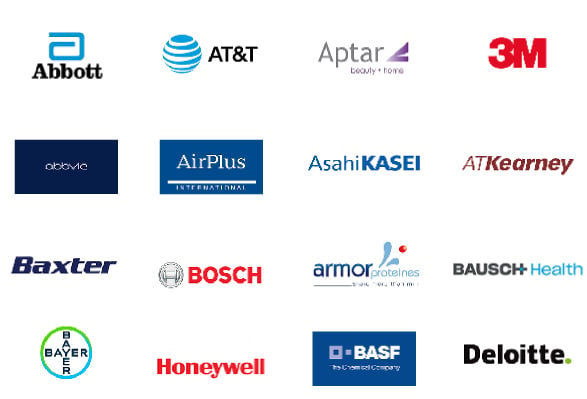
Close-monitor your Competitor's Move, Request sample copy
Expansion of Railway NetworksThe expanding railway networks across the globe has greatly contributed to the growth of the global aluminum cable market. As more countries invest in developing their rail infrastructure for both passenger and freight transportation, the demand for aluminum cables has significantly increased. Aluminum cables experience less electrical resistance as compared to conventional copper cables, making them suitable for high voltage applications. With longer railway tracks being laid that involve transmission of heavy currents over long distances, the low resistance property of aluminum cables becomes highly advantageous. Additionally, aluminum cables are lighter in weight than copper cables, allowing for ease of installation work in rail projects. Their light weight also means lower shipping costs of cables and less material required overall for railway electrification works. A key current trend spurring the aluminum cable market is the numerous multi-billion-dollar high-speed railway projects underway globally. For example, according to the National Development and Reform Commission of China, the country is expected to invest over USD 420 billion until 2025 on its national high-speed rail network which will cover over 38,000 km of track. Similarly, India has embarked on ambitious targets of expanding its railway network by developing new dedicated freight corridors, high-speed bullet trains and elevated metro rail systems in all major cities at a cost of over USD 150 billion as per the Ministry of Railways, Government of India. These massive investments in modernizing rail infrastructure demand sophisticated equipment including large volumes of aluminum cables to empower signal systems, overhead electrification works and other applications.
Joining thousands of companies around the world committed to making the Excellent Business Solutions.
View All Our Clients